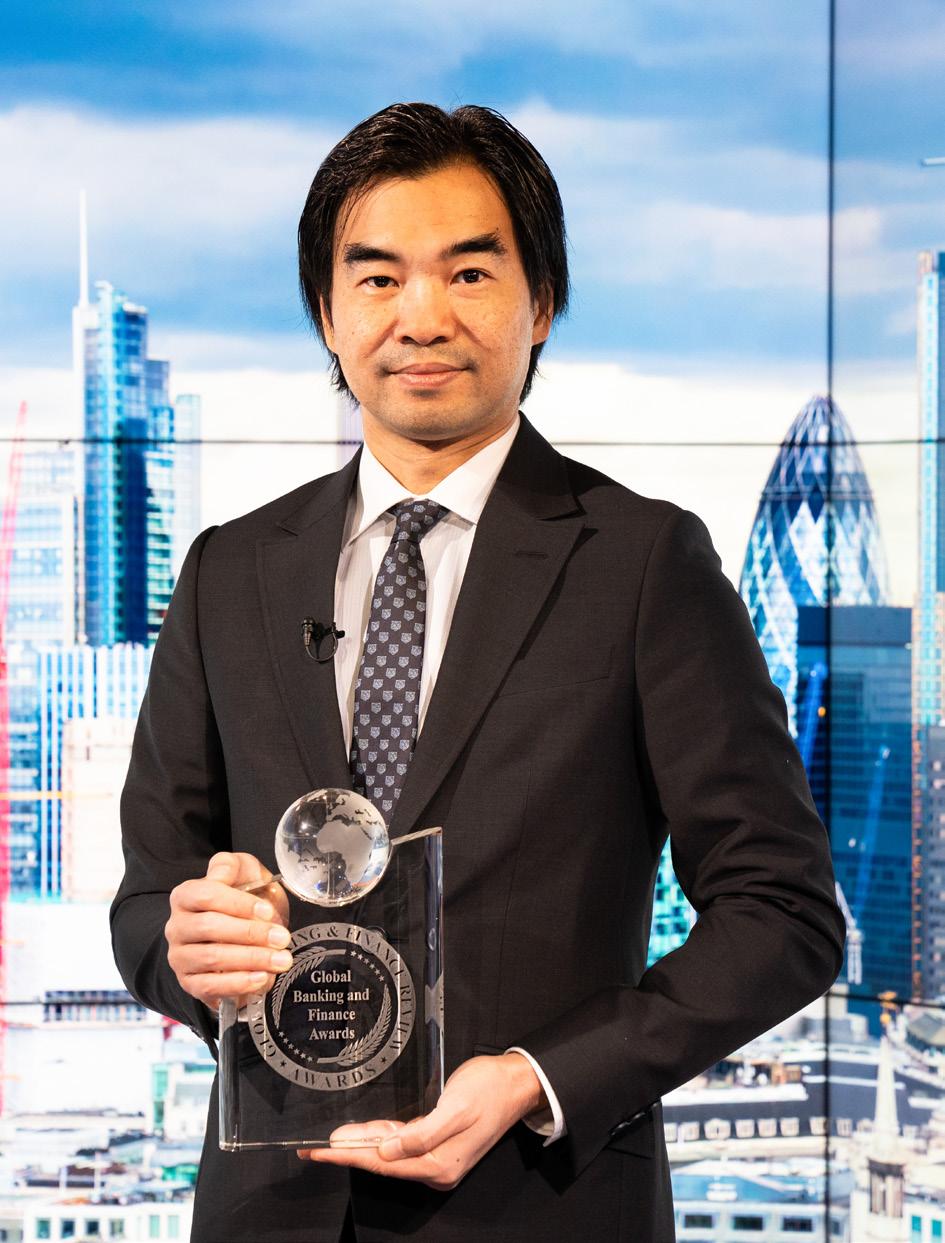
4 minute read
Diversity & Inclusion: An Urgent Priority for Financial Institution Innovation
Diversity Must Be Broadly Defined, Sought and Measured
Read any articles on current practices and priorities in corporate diversity and you will find an emphasis on race and gender; you may hear, off the record, a focus on age as well.
Reality is that while increasing gender and racial representation are essential to having a diverse organization, these characteristics are insufficient on their own. A gender and racially diverse organization will not be assured of innovation success. Also required in the composite profile: diverse life experiences, education backgrounds, and people who have come to the institution along different paths, bringing their different perspectives and knowledge to the innovation process. When this is the view of what diversity means and it is acted upon in talent decisions, an organization will make headway on achieving business impact from their innovation efforts.
Executives Must Personally Engage to Create a Culture of Inclusion
Korn Ferryii identifies five qualities of the inclusive leader. They:
1. Are open and aware, i.e., they adapt their behavior to meet the needs of their diverse team members 2. Advocate for diversity 3. Lean into difference, creating psychological safety for all team members 4. Leverage differences, understanding that these differences are the source of greater insight 5. Drive results, knowing that it is their success at fostering a diverse and inclusive environment that creates success
What else is required to build an inclusive culture? Especially for those in transition, being inclusive also means being able proactively and constructively to surface and root out exclusionary behavior. It means rewarding inclusive behaviors and taking a zero-tolerance stand on those that are harmful to the target culture. Founder Marcia Tal, who built and led Citi’s Global Decision Management unit, is the creator of The Bias Index, part of the PositivityTech Intelligent Platformiii. Marcia is optimistic that financial institutions already have in hand the data assets – their own employee and customer narratives – to which analytic tools can be applied, as she describes, “to identify situations where there is both a high probability of potential bias, even if it hasn’t taken place yet.” She also sees a data-driven culture which can “tune out the noise” as essential to building a diverse organization and inclusive culture. “When you use data to drive decisions, the culture of the organization is built on facts instead of myths that threaten diversity and inclusion,” says Tal. “It also drives an organization to seek facts and data as an essential element of their culture, which in turn supports inclusion.”
Implementing such an approach according to Tal means innovating how diversity and inclusion efforts themselves are managed and led. It means a multidisciplinary approach
engaging data and analytics experts, learning and development experts, along with the traditional cadre of HR professionals, to listen to and understand employees at a much deeper level than historical methods have imagined or enabled. Getting to this understanding requires diverse perspectives able to look at new data sources in new ways, and help the organization move from data to insight to action and results.
Recognize the Linkages Between Diversity and Inclusion, and Innovation
Discovering, developing and scaling the innovations that will allow financial institutions to adapt to the forces of change they face, and improve their ability to anticipate whatever will come next, can only happen persistently and sustainably within a diverse organization and inclusive culture. There is much focus in the financial services sector on becoming more customer centric, and on aligning the customer experience with the expectations we have all set in our digitally centered lives. It is only with a diverse organization thriving in an inclusive culture that any financial institution can hope to:
Understand customers as human beings with lives that have context well beyond their financial relationships – context that must be understood to innovate
Develop empathy to build enduring and mutually valuable customer relationships where both customers and employees feel respected, valued and heard
Anticipate customer needs with speed and depth of insight – innovation must-have’s given the macro forces affecting the sector
Address near and present diversity risks, e.g., the loss of mid-career women with children and/or aging parents from the organization, because their careers are being marginalized by the dual roles of professional and caregiver/ distance learning supervisor. It is only through deep executive commitment and engagement to a diverse organization and inclusive culture that financial institutions can realize their innovation potential. Executives see the severity of the challenges arising this year. They can build confidence in their organization’s readiness to respond by broadening their definition of what diversity looks like in their organization, personally engaging in creating a more inclusive culture, and leveraging the connection between diversity and inclusion, and their organization’s ability to act upon the many innovation opportunities the sector can capture.

1
2
3
https://www.mckinsey.com/business-functions/strategy-andcorporate-finance/our-insights/innovation-in-a-crisis-why-it-ismore-critical-than-ever
https://focus.kornferry.com/leadership-and-talent/diversity-2-0the-inclusive-leader/
https://positivitytech.com/
Amy J. Radin
Amy is the author of the awardwinning book The Change Maker’s Playbook: How to Seek, Seed and Scale Innovation In Any Company. She is a director, startup advisor and keynote speaker, and has held executive digital, marketing and innovation roles in Fortune 500 consumer financial services, payments and insurance companies.















